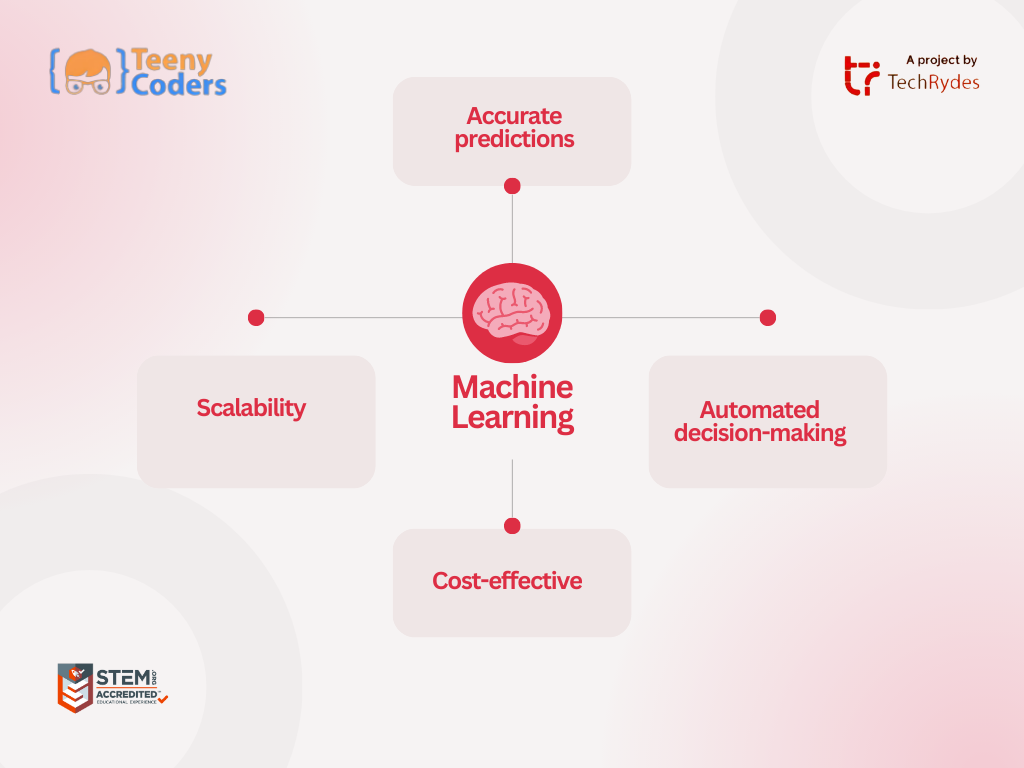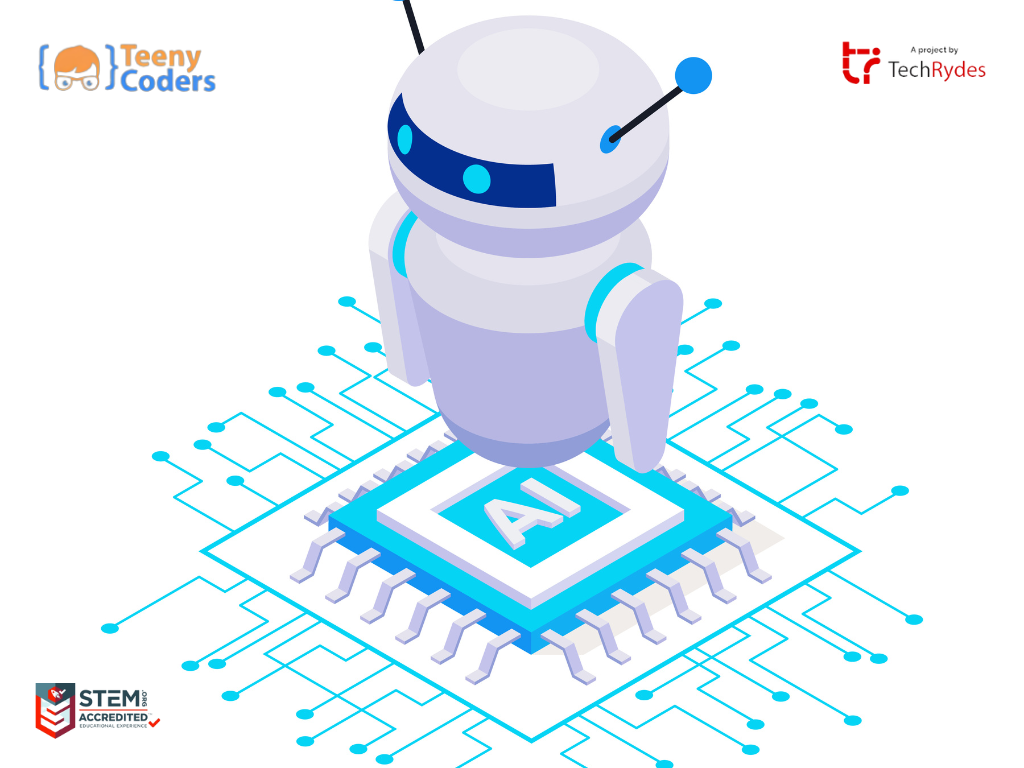WHAT IS MACHINE LEARNING?
Machine learning and AI (Artificial Intelligence) are related to each other in a way that machine learning is a subfield of artificial intelligence (AI) that involves developing algorithms and statistical models that enable computers to automatically learn and improve from experience. In other words, it is a process of teaching computers to learn and make predictions based on patterns in data, rather than being explicitly programmed to perform specific tasks.
The key idea behind machine learning is to enable computers to learn and adapt to new data without being explicitly programmed. To achieve this, machine learning algorithms use a combination of statistical methods, optimization techniques, and computational power to identify patterns in large datasets and use those patterns to make predictions or take actions.

There are several types of machine learning algorithms, including:
- Supervised learning,
- Unsupervised learning,
- Semi-supervised learning,
- And reinforcement learning.
Each type of algorithm is designed to solve different types of problems, such as classification, clustering, regression, and prediction.
Pros and Cons of machine learning
Machine learning has several advantages and disadvantages. Here are some of the pros and cons of machine learning:
Pros
Accurate predictions:
Machine learning algorithms can process large volumes of data and identify patterns that humans might miss. This enables them to make highly accurate predictions.
Automated decision-making:
Machine learning algorithms can automate decision-making processes, reducing the need for human intervention.
Scalability:
Machine learning algorithms can handle large amounts of data and scale to meet the needs of complex applications.
Cost-effective:
Machine learning can reduce the cost of performing complex tasks by automating processes that would otherwise require significant human resources.
Personalization:
Machine learning can be used to personalize user experiences and improve customer satisfaction.
Cons
Data bias:
Machine learning algorithms can be biased if the training data is not representative of the population being studied.
Overfitting:
Machine learning algorithms can be overfit to the training data, making them less accurate when applied to new data.
Lack of transparency:
Machine learning algorithms can be difficult to interpret, making it hard to understand how they arrived at a particular decision.
Dependency on data quality:
Machine learning algorithms rely on high-quality data. If the data is noisy, incomplete, or inaccurate, the performance of the algorithm can be compromised.
Lack of human judgment:
Machine learning algorithms are based on statistical models and lack the judgment and intuition of humans.
WHAT IS ARTIFICIAL INTELLIGENCE?
Artificial intelligence (AI) is a field of computer science and engineering that focuses on creating machines and computer programs that can perform tasks that typically require human intelligence, such as recognizing speech, understanding natural language, making decisions, and learning from experience. AI can be categorized into different types, such as machine learning, deep learning, natural language processing, computer vision, robotics, and expert systems. AI has the potential to revolutionize many industries, from healthcare and finance to transportation and entertainment, and it is expected to have a significant impact on the future of work and society.
Pros and Cons of AI
There are many potential benefits of artificial intelligence (AI), but there are also some drawbacks and concerns to consider. Here are some of the pros and cons of AI:
Pros
Efficiency:
AI can automate repetitive or tedious tasks, which can save time and increase efficiency in many industries.
Accuracy:
AI can perform tasks with a high degree of accuracy, which can be especially useful in fields like healthcare or finance where precision is crucial.
Decision-making:
AI can analyze large amounts of data and make decisions based on that data, which can help humans make better-informed decisions.
Personalization:
AI can personalize experiences and recommendations for individual users based on their data and preferences, which can improve customer satisfaction and engagement.
Innovation:
AI has the potential to lead to new discoveries and innovations that would not have been possible without its analytical capabilities.
Cons
Job displacement:
AI has the potential to automate many jobs, which could lead to job displacement for humans and require retraining and new skills.
Bias:
AI algorithms can be biased based on the data they are trained on, which could result in discriminatory outcomes.
Privacy concerns:
AI relies on data, which could raise privacy concerns if the data is mishandled or used for unethical purposes.
Dependence:
As humans become more reliant on AI, they may become less capable of performing tasks without it, which could result in a loss of skills and knowledge.
Safety risks:
Autonomous AI systems, such as self-driving cars or drones, could pose safety risks if they malfunction or are hacked.
Conclusion:
AI is the broad field of computer science that aims to create machines that can perform tasks that usually require human intelligence, such as perception, reasoning, learning, and decision-making. AI encompasses a wide range of techniques and approaches, including symbolic reasoning, expert systems, natural language processing, computer vision, robotics, and machine learning.
Machine Learning (ML), on the other hand, is a subfield of AI that involves the use of algorithms and statistical models to enable computers to learn from data without being explicitly programmed. In other words, ML is a method of teaching machines to recognize patterns and make predictions based on data.
While AI is a more general concept, ML is a specific technique used to build AI systems. ML algorithms are often used in applications such as image and speech recognition, natural language processing, fraud detection, and recommendation systems.
In summary, AI is a broader concept that encompasses a wide range of techniques and approaches for creating intelligent machines, while ML is a subset of AI that focuses on using algorithms and statistical models to enable machines to learn from data.


